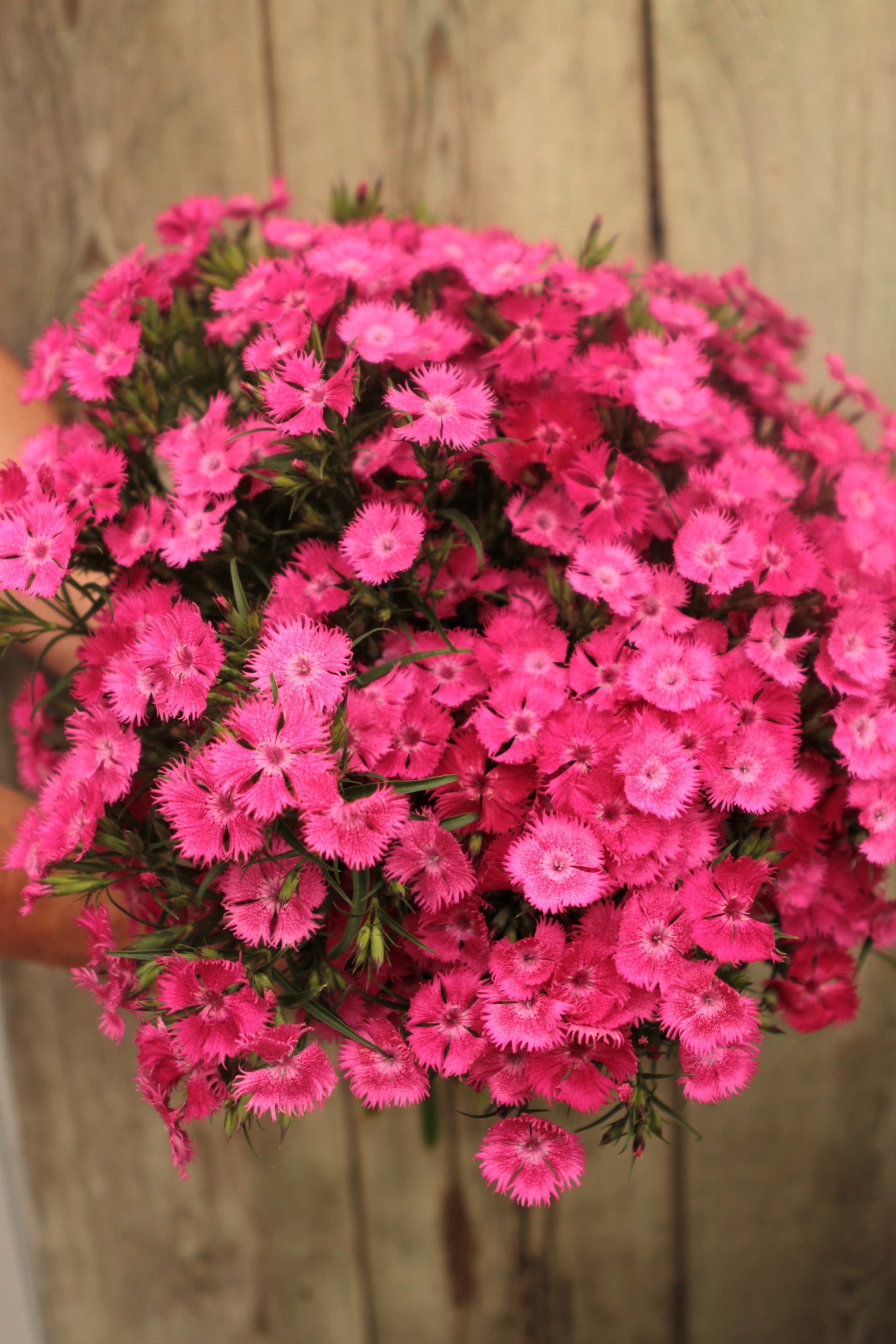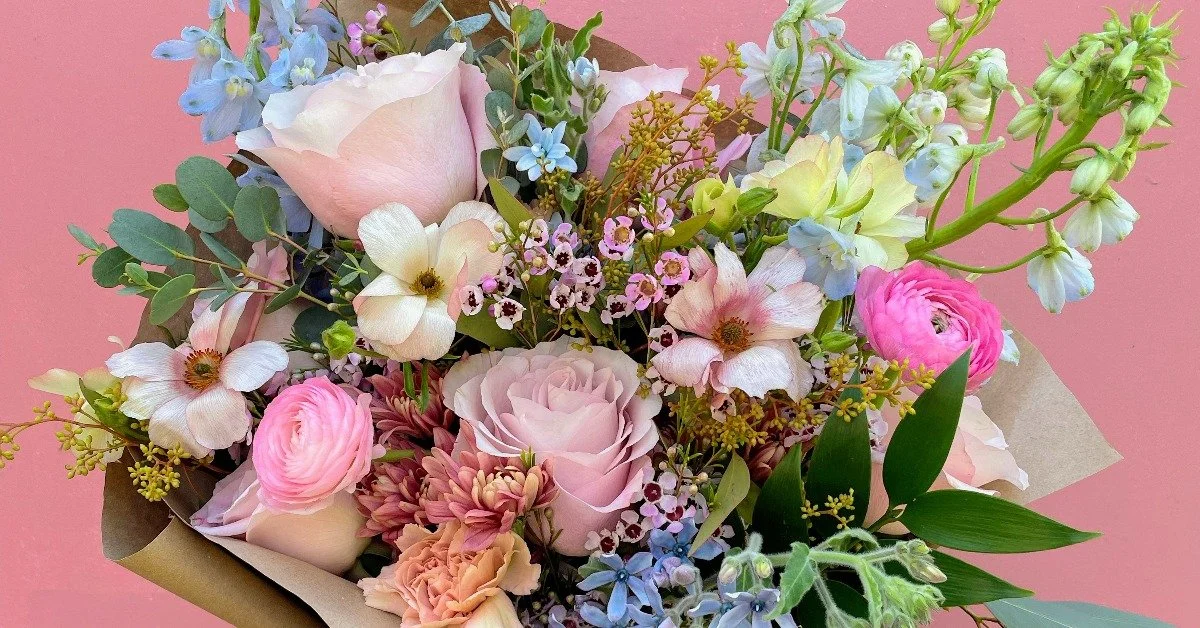6 Biennials to Grow for Cut Flowers
Biennials are a great way to add excitement to your late spring designs and offerings. Biennials grow foliage and strong roots the first year they are in the ground, and in their second season, they put on quite the show! Besides being some of the most extraordinary and unique blooms, they also bloom at a time when there can be a lull in flowers. For me, in Maryland, that hits after peony season and just before the cool annuals start cranking in earnest; and before the beginning of summer blooms. They require just a bit more forethought, but the reward is worth the brain (and garden) space and will help you stand out, whether you use these gems in your design work or offer them for sale.
Below you'll find a few of my favorites:
Cafe Creme Foxglove
Foxglove
For many reasons, I love growing as many colors of foxglove as possible and adding something new each season. They don't ship well, and I can usually sell every stem I grow. So far, Pink Gin has been a real standout for me—seed sourced from Johnnys and planted in a partially shady spot in the heat of our hot and humid Maryland summer, be sure to water thoroughly. I don't typically cover biennials over winter (bonus!), and in year two, they bloomed the last week of May and the first week of June, gracing the garden with towering blooms that grew to over 5' in the perfect light shade of pink. Cafe Creme is another standout. It has a long growing season for me. Keep cutting, and it will keep blooming! Stem length on the first cuts can range from 2 - 4,' and the secondary shoots are tall and very usable as well. This is a unique color—white and light tan (the name is very fitting!). Apricot Beauty is another special color—though unless you need the height/drama, I prefer Dalmation Peach for a faster bloom time.
Pink Gin Foxglove
Pink Gin Foxglove
Sweet William - Tall Double Mix // Super Duplex Mix
This workhorse blooms like clockwork for 3 - 4 weeks in late spring and needs to be sowed in July here in Maryland and planted out in mid-August to allow it to establish and overwinter.
Money Plant
This is one that truly thrives and can almost become a weed when it is in a spot it likes—partially shady and "forget about it." I've tried growing in neat traditional flower farmer rows with limited success, while one of my farming friends has scattered seed in her border to the point that it self-sows freely, so she always has some to offer. The green pods can be used as-is or, when mature, peeled to reveal the beautiful shiny pods that make this one a true gem.
Rudbeckia Sahara
Rudbeckia Hirta
Another total workhorse that blooms for me in very early summer, producing 10+ stems per plant. Favorite varieties include Cherokee Sunset, Indian Summer, Chim Chiminee, and Irish Spring. Plant by the end of September to allow plants to establish for blooms the following year (they usually bloom for me in Maryland in late June).
Campanula
These flowers have an incredible vase life and are perfect for bouquets and wedding work. They can be planted quite tightly, and while they thrive in a hoop, they can also be grown in the field with nice results. I had great success planting them this year in a row that gets afternoon shade after 2:00. The lavender is a personal fave, but truly all of the colors are amazing. I am trying a double variety this year and can't wait to see how it compares.
Verbascum
While this is not the best cut flower, I felt it's worth mentioning because sometimes design work features unique flowers that are special because of how fleeting they are. This one would fall into that category! It is lovely and comes in a nice variety of colors, and is worth planting in the landscape.
I hope this encourages you to take another look at your seed catalog and start planning to add one of these special varieties to your crop plan!











